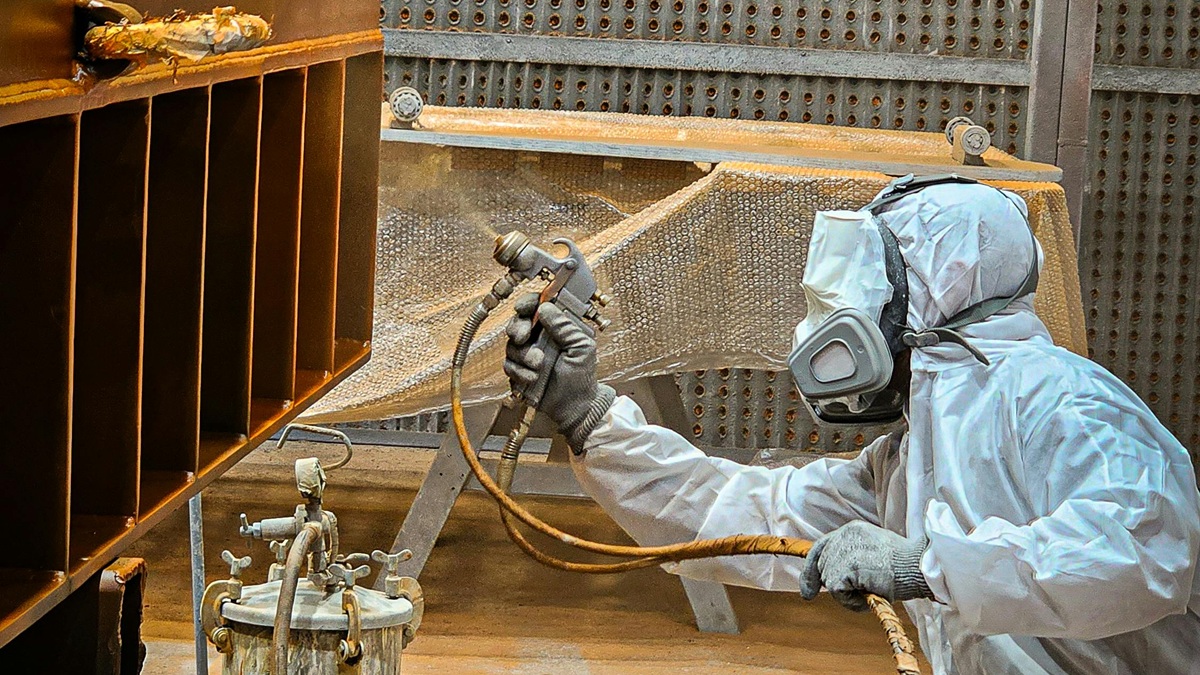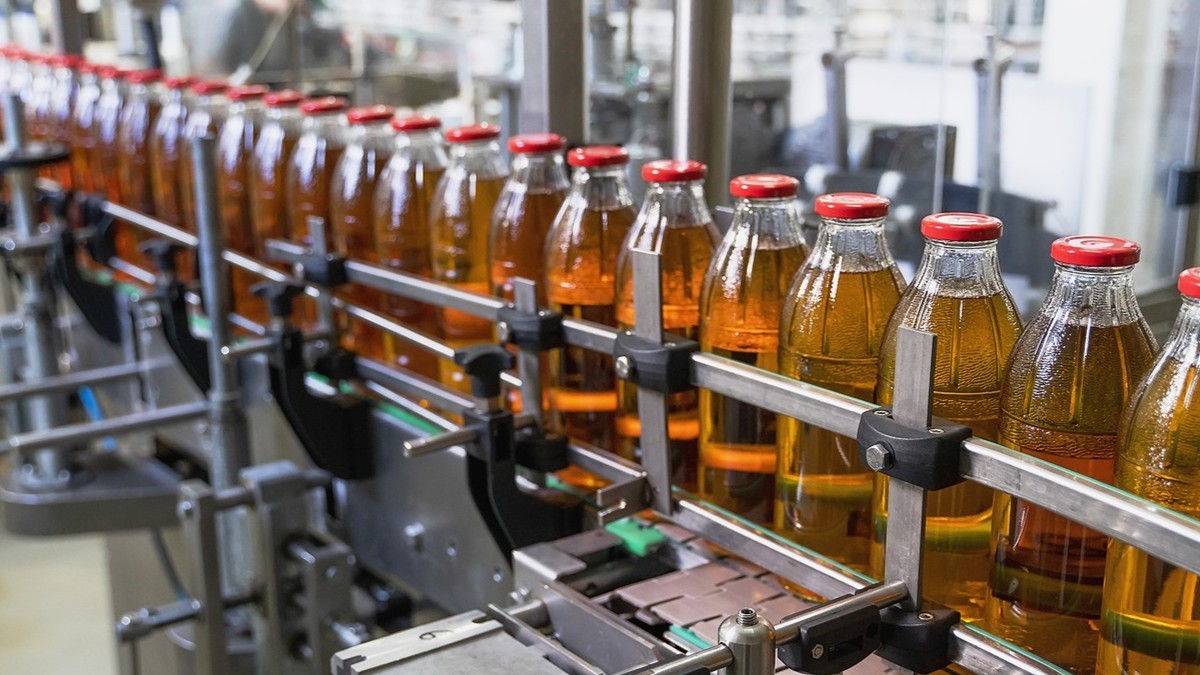Driven by the German government's national policy, Industry 4.0 has become the most high-profile manufacturing issue in the world. Therefore, countries have successively launched corresponding smart manufacturing policies. With the help of 5G, the world is facing an uncompleted and perfect 5G environment to respond to smart manufacturing Yes, and Taiwan still has many opportunities and challenges in 5G smart manufacturing. Taiwan ’s 5G commercialization is imminent, and it is still expected that the government, telecommunications operators, and automation industry will work together to accelerate the full implementation of 5G.
It is estimated that the global 5G smart manufacturing market will reach 42 billion US dollars in 2026
With the help of 5G (5th Generation Mobile Networks or 5th Generation Wireless Systems), in the short term, it can provide a single application service with higher specifications, such as real-time monitoring of millisecond response capabilities; for long-term development, under the 5G architecture, it is easier to integrate the scattered data in the past A single overall system is estimated to be only US $ 252 million in the global 5G smart manufacturing application service market in 2023. With the maturity of 5G communication technology, it will drive demand and supply to rise. The market can reach about 42 billion US dollars. The MIC believes that projects including equipment monitoring, AR / VR, AGV / AMR, digital avatars, artificial intelligence, and network security that combine 5G and smart manufacturing will be prioritized within the next six years.
Four major 5G potential applications in Taiwan
To understand the needs of Taiwan's industry for 5G smart manufacturing, the MIC has conducted in-depth interviews with Taiwanese manufacturers, including: petrochemical industry, steel industry, machinery industry, optical industry, semiconductor industry, automobile manufacturing industry, locomotive manufacturing industry, electronics manufacturing industry , Smart manufacturing system integrators, etc., and summarized the Taiwan industry's 5G smart manufacturing related applications, the most interesting items are unmanned inspection, AR / VR, equipment monitoring, security monitoring, etc.
In terms of unmanned inspections, drones have become an emerging inspection tool in recent years. UAVs have many advantages such as maneuvering flexibility, cost reduction, and freedom from terrain restrictions. They have gradually become daily inspections in the industry, especially petrochemical The industry's parks are vast, and pipelines must be routinely inspected. At present, most of them are repetitively inspected daily by manpower. In the future, if 5G and unmanned vehicles are combined, pipelines will be made through sensing methods such as cameras, infrared, and microwave Unattended inspections such as patrol inspections and power inspections, in addition to reducing human burden, can also reduce accidents caused by human negligence. In terms of AR / VR, it is generally agreed that in the manufacturing industry, to meet the needs of mobile power and bandwidth, AR / VR does require 5G. However, the industry also considers that even if there is a demand, the relevant content is still required. To be developed, such as maintenance operation procedures, education and training, etc.
Taiwan system integrators occupy an important position in the world, and customers all over the world, but the contract between customers and system integrators stipulates that they need to go to the site for maintenance and troubleshooting within a time limit (hours or days). System integrators believe that if Through the application of AR / VR, it can quickly help customers remove obstacles, or remotely understand why the obstacles are in real time, which is helpful for the efficiency of repair and maintenance, which is a win-win situation for customers and industry.
Compared with maintenance, AR / VR education and training is the second requirement, and the demand for AR / VR education and training is higher for those with high production costs. The reason is that those with low production costs tend to let recruits practice and train on the ground. Feel, or play the video directly for education and training. On the contrary, those with high production costs have high pressure on the cost of scrapping caused by education and training, so they are willing to use digital education and training instead of on-site training.
In the equipment monitoring part, whether it is machine maintenance or production optimization, because it involves core production, it has always been a topic of concern to enterprises. The equipment monitoring application has been in use for many years, but it is mostly used to collect historical data and then estimate the machine or production situation, and then implement countermeasures. However, high-value products, such as aviation parts, have high production costs. It also needs to be able to monitor through 5G at all times. If a large number of connected production equipment is involved, the fancy feature of 5G is low latency and large connections.
In the security monitoring part, the trend of smart manufacturing not only drives the transformation of the manufacturing industry, but also brings changes in industrial safety requirements. Various sensors (such as environmental detectors) plus wireless communication can send the measured information to management at any time. On the client side, employees can wear the device to send the information to the cloud. If a worker accidentally happens, 5G's low-latency feature can rescue and even avoid injury in the first place.
Three challenges in 5G practice
Challenge 1: Manufacturing is being upgraded, and the lack of 5G preparation is a bottleneck for development. The primary challenge currently facing 5G smart manufacturing is that most companies have a low level of smart manufacturing, and most Taiwanese SMEs have already faced great challenges in the three stages of equipment networking, digitalization, and smartness. 5G has technologies, solutions, and business models. Unknown, companies choose to step by step rather than step by step.
Challenge 2: The main production equipment relies heavily on wired communication, and wireless applications are mostly peripheral needs. According to the application of the factory, the core main production equipment is mostly deployed by wire, and the wireless applications are mostly for the factory's production of peripheral or factory affairs applications. For example, the unmanned van borrows industrial Wi-Fi to repair, and the wearable device uses Zigbee to monitor personnel safety. By RFID or LPWAN for material tracking, generally Wi-Fi is deployed for office administration. To ensure the stability of the production line in the operation of the factory, most companies dare not to rush to replace the existing core production equipment deployed by Ethernet. It is expected that 5G will first use the peripheral applications of the factory as the main entry point, and then gradually expand the core production equipment However, although most of the surrounding factory applications use wireless transmission, but because it is not a core production equipment, companies lack the incentive for equipment to be replaced.
Challenge 3: The environment is not yet mature, and the demand side is not easy to assess. The global 5G R16 standard is undecided, and R16 will further study to enhance URLLC to correspond to Industrial Internet of Things (IIoT) applications. Therefore, at this stage, 5G solution providers are waiting for the confirmation of the R16 version before they can launch solutions. The second is that 5G technology is not yet mature, and manufacturing is about reliable and stable production procedures. Even though 3GPP will announce R16 at the beginning of this year, I am afraid that enterprise users will wait another 2-3 years for standards and technical verification periods to confirm equipment, the solution is stable and perfect. The 3GPP R16 specification is expected to be completed in early 2020. This version supports more URLLC applications and further enhances the challenge of URLLC for IIoT. The supply side will gradually launch 5G equipment and 5G solutions. With the equipment and environment gradually completed, it will help the overall development of global 5G smart manufacturing.













.jpg)
.jpg)